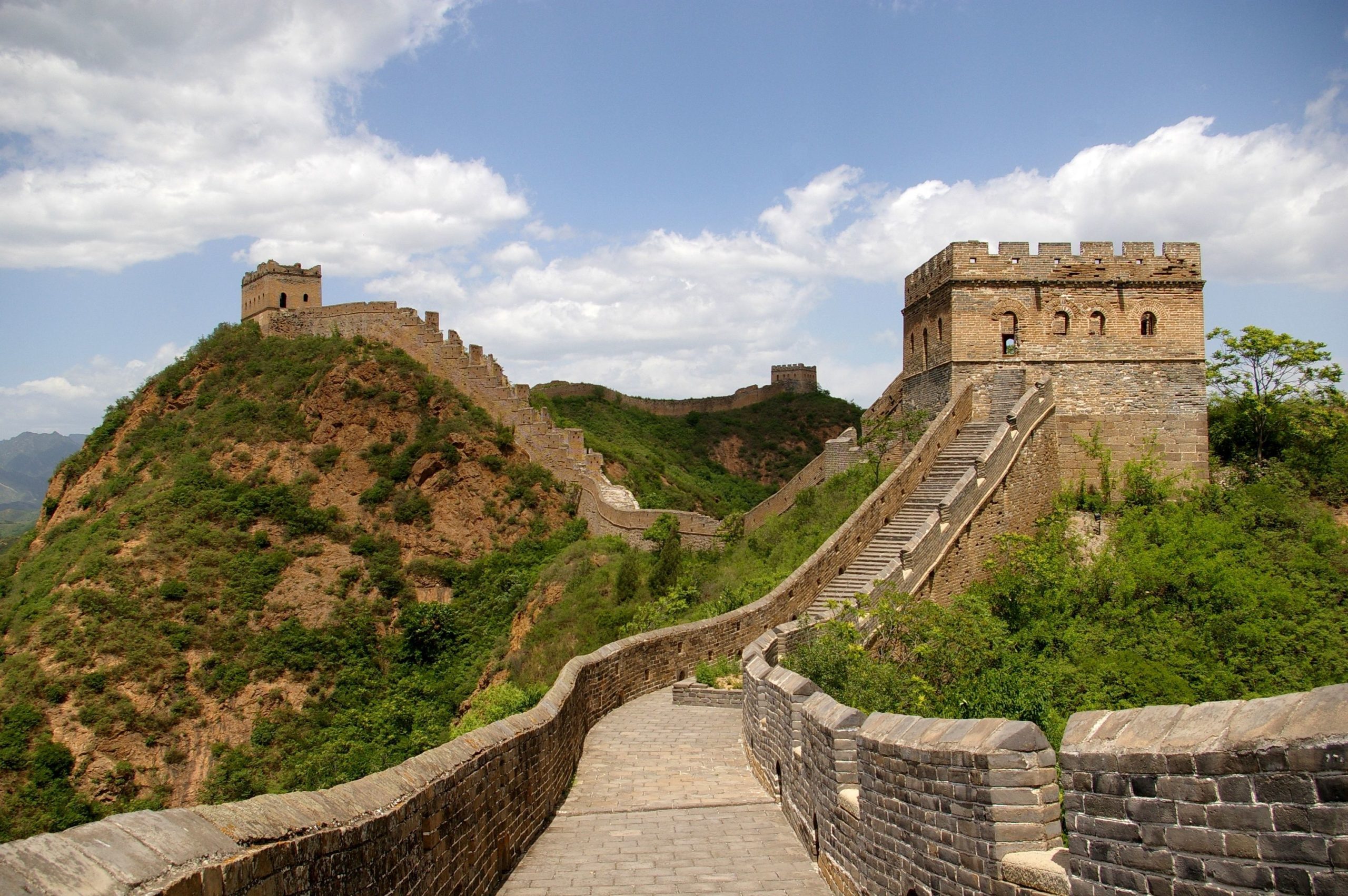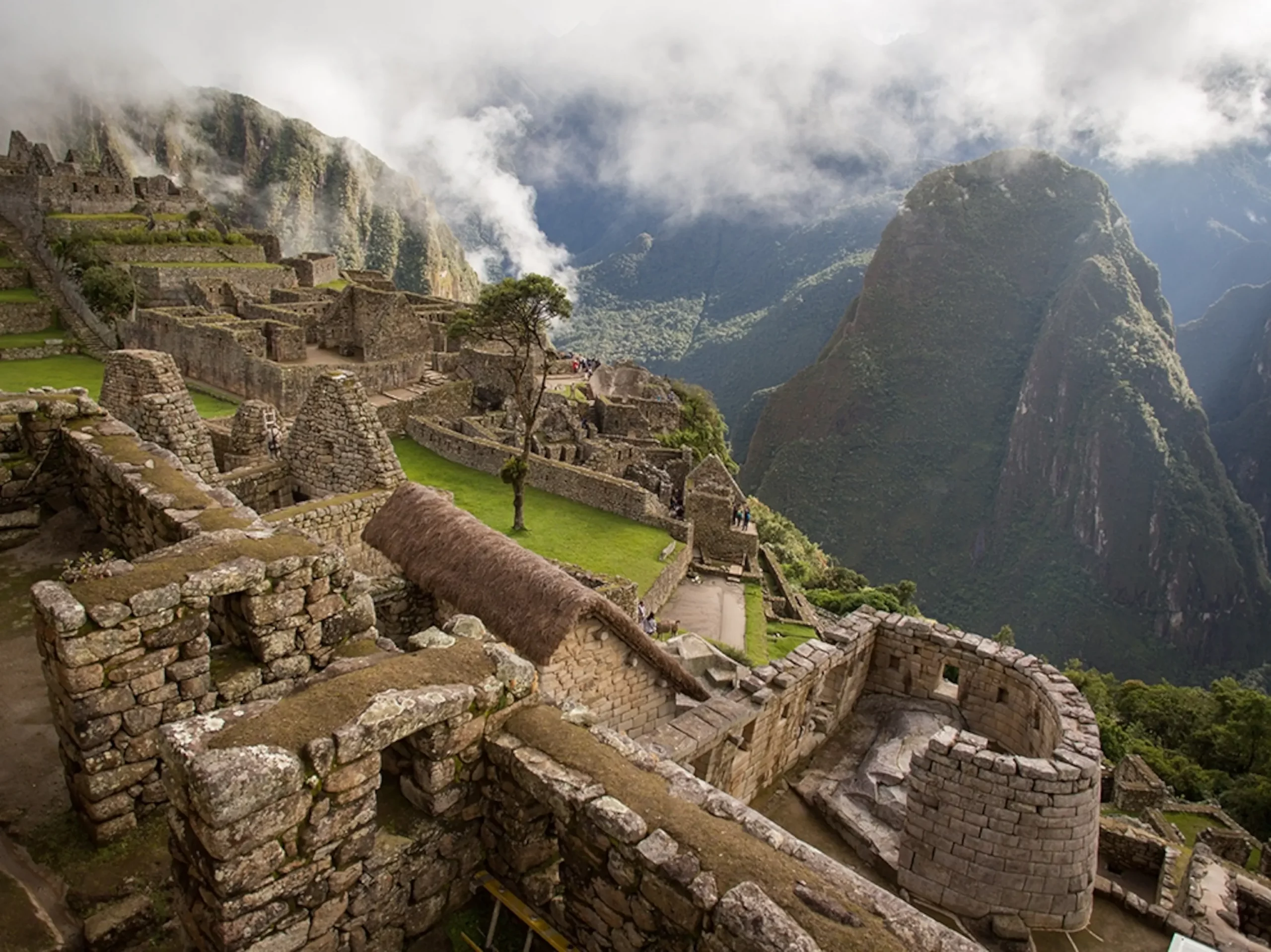The 7 Wonders of the World represent proof of the human being’s unlimited, sometimes even suspicious, intelligence and creativity. Across different generations and in different places of the world, each civilization wanted to make its mark and to remind the world that it existed.
The original 7 Wonders list was created in the 2nd century BCE, and by the year 2000, only one wonder was still standing (the Pyramids of Giza in Egypt), which drove a Swiss foundation to launch a campaign to choose the New Seven Wonders of the World. The foundation created a poll that lasted for seven years and received over 100 million votes through the internet or text messages.
What are the 7 Wonders of The Ancient World?

Ancient 7 Wonders of the World – Graph credits: Mediterranean Basin and Near East before 1000 AD topographic map/CC BY-SA 4.0
-
Great Pyramid of Giza
-
Hanging Gardens of Babylon
-
Statue of Zeus
-
Temple of Artemis
-
Mausoleum of Halicarnassus
-
Colossus of Rhodes
-
Pharos (Lighthouse) of Alexandria
The poll ended in 2007 and resulted in these seven new Wonders of the World.
What are the New 7 Wonders of The World?
-
Great Wall of China (China)
-
Chichén Itzá (Mexico)
-
The Ancient City of Petra (Jordan)
-
Machu Picchu (Peru)
-
Christ the Redeemer (Rio de Janeiro)
-
Colosseum (Italy)
-
Taj Mahal (India)
These architectural marvels hide some myths and secrets behind them, as every famous landmark in the world does. Building such monumental structures during a time of poor technologies and tools, compared to our modern-day, curated for us some interesting stories.
7 Secrets Behind the 7 Wonders of the World
-
The Great Wall of China is considered the longest cemetery on earth.
The Great Wall of China is more than 21,000 kilometers long—it took some 20 years to finish, across which nature offered some serious challenges; highlands, landscapes, plateaus, natural barriers, and more! Overcoming these challenges and curating such a monumental wall came with its losses as well; over a million people died during building one of the 7 Wonders of the World and archaeologists have found human remains beneath parts of the wall. This tragedy made the Great Wall of China the longest cemetery on earth!
-
Chichén Itzá echoes sound in an unusual way.
Chichen Itza is believed to be the largest Mayan city ever built. Its name means “at the mouth of the well of Itza”. Maybe one of the things that made travelers and archaeologists vote for this site to be one of the 7 Wonders of the World is the way it echoes unusual sounds. It is said that if you clap one from one end of the Ball Court, it comes back creating 9 echoes in the middle of the court. Actually, a clap in front of the Kulkulkan Pyramid in the center of the city creates an echo that resembles the serpent’s chirp!
-
Pieces of The Ancient City of Petra were destroyed by the Bedouins!
Petra, known as the Rose City as it was built from pink sandstone, is one of the Middle East’s fascinating architectural marvels and proof that this region was truly rising during the Middle Ages. However, the value of Petra was not seen or considered until it was listed among the new 7 Wonders of the World. Ages before that, Bedouins of the Arabian Desert destroyed some of the carvings on the Treasury’s walls—the uglier fact is that they used them as targets to shoot during practice!
-
We do not know how Machu Picchu was built.
Machu Picchu, one of the most famous lost cities in the world and known as the Lost City of the Incas, was built back in 1450 and neglected for a hundred years. Several hundred years later, UNESCO listed it as a Heritage Site in 1983 as it matches the criteria. The stones used to build one of the 7 Wonders of the World were more than 50 pounds in weight—and it is claimed that no wheels were used to move these stones up the mountain! It is actually believed that hundreds of men collaborated to push them.
-
Christ the Redeemer gets hit by lightning every year.
Designed by Heitor da Silva Costa and sculpted by French sculptor Paul Landowski, Christ the Redeemer is one of the fascinating 7 Wonders of the World. The statue was originally built in France and then moved to Brazil. Reaching 125 feet tall and placed atop a mountain, Christ the Redeemer is not protected from lightning—it actually gets hit by lightning around three to six times a year. Frankly, before the IFFA World Cup in 2014, it was struck by a bolt of lightning that broke one of its thumbs.
-
The Colosseum was a place for brutal and tragic performances!
Known as the most iconic ancient amphitheater in the world and one of the 7 Wonders of the World, the Colosseum is an architectural beauty that no one can ever deny, but there is some ugliness behind this beauty. The amphitheater was built between 70 AD and 82 AD by Emperor Titus Vespasian and it seats more than 50,000 spectators. The Colosseum was built to accommodate events like gladiator fights, animal hunts, executions, and dramas! It is believed that it was home for brutal and tragic performances. Actually, during certain games, 10,000 animals would be killed in a single day!
-
Builders’ hands of the Taj Mahal were cut off.
The Taj Mahal, built by emperor Shah Jahan in honour of his late wife—a sincere and glorious display of love, alright? However, one of the popular legends about the beautiful architectural monument that has was easily chosen as one of the 7 Wonders of the World, is that the romantic emperor cut off the hands of every worker that contributed to building the Taj Mahal so they couldn’t build something this beautiful ever again! More than that, animals were hurt to build it, as elephants were used to carry the heavy construction material to the site.
Photography by Daniel Schwen
via Diliff/WikiCommons
Courtesy of Daily Sabah
collage
Photograph: Yasuyoshi Chiba/AFP/Getty Images
via Jakub Hałun/WikiCommons
Ancient 7 Wonders of the World - Graph credits: Mediterranean Basin and Near East before 1000 AD topographic map/CC BY-SA 4.0
via Reddit
Courtesy of National Geographic













